Search
Search Results
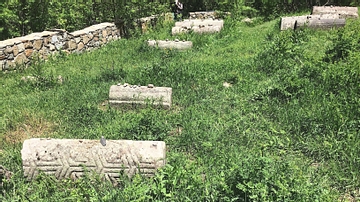
Image
Jewish Tombstones in Yeghegis, Armenia
No historical evidence exists of a Jewish community in Yeghegis, Armenia during medieval times. Indeed, there is also no written record of contemporaneous Jewish communities in medieval Armenia. Nearly 40 tombstones from the 13th and 14th...

Article
Jesuit Influence on Post-medieval Chinese Astronomy
Ancient China had seen little Western contact before the 16th century CE, the language, culture and science all being allowed to develop independently of foreign influence. By the time European Jesuit missionaries arrived in the 16th century...
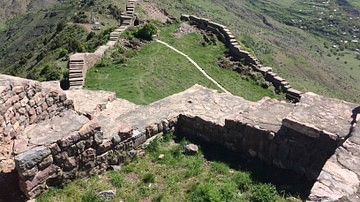
Image
Smbataberd Fortress in Armenia
Smbataberd Fortress is an ancient and medieval fortress located near the village of Artabuynk, in Armenia. It was founded sometime in the 5th century CE and endured as a major fortress in southeastern Armenia until the Ottoman-Safavid Wars...
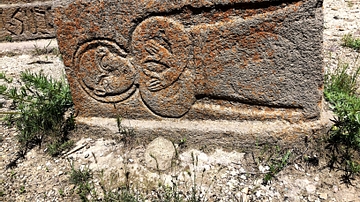
Image
Orbelian Tomb in Yeghegis, Armenia
This medieval tomb belongs to one of the Orbelian princes who dominated Armenia's Syunik province in the 14th and 15th centuries CE. This tomb dates from that time period, and it is located in Yeghegis, Armenia.

Definition
Zvartnots Cathedral
The ruins of Zvartnots Cathedral are located on a flat plain within the Ararat Plateau between the cities of Yerevan and Etchmiadzin in Armenia's Armavir province near Zvartnots International Airport. Built in the middle of the 7th century...
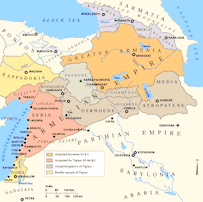
Definition
Tigranocerta
Tigranocerta (Tigranakert) was a city in the southwest of ancient Armenia founded and made capital by Tigranes the Great in 83 BCE. Famous for its riches and fine buildings, as well as its mix of Hellenistic and Persian culture, the city...
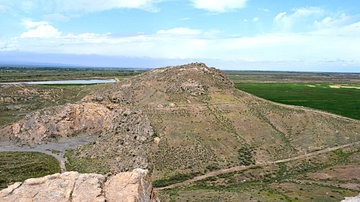
Definition
Artashat
Artashat (aka Artaxata) was the capital of Ancient Armenia from 176 BCE and remained so for over 300 years of the kingdom's history. Located just south of Armenia's modern capital Yerevan, according to the ancient historian Plutarch, the...

Collection
Daily Life in a Medieval Monastery
Monasteries and other religious institutions such as priories and nunneries were a quintessential part of the medieval landscape and an important component of a community's social fabric. Providing spiritual guidance, employment, education...
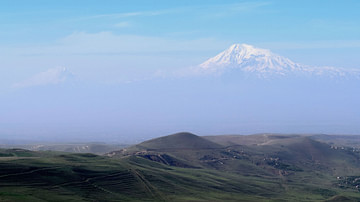
Image
View of Mount Ararat from Armenia
Together, the Ararat Mountains straddle the borders of what are present-day Turkey, Armenia, Iran, and Azerbaijan. Mt. Ararat (“Greater Ararat”) rises to a height of 5,137 m (16,854 ft). Mt. Ararat’s neighboring mountain, Little Ararat (“Ararat...

Image
Lion Shaped Pitcher from Ancient Armenia
This clay pitcher with images of lions is made from clay. It comes from what is present-day Armenia, and it dates from the 13th century BCE. (Metsamor Historical-Archaeological Museum-Reserve, Taronik, Armenia)